Understanding the Link Between Movement and Mental Health
Movement isn’t just about physical fitness—it’s a cornerstone of emotional well-being, especially during National Stress Awareness Month. When we move, we do more than just work our muscles—we ignite a chemical process in our brains that can uplift our mood, reduce anxiety, and help us handle everyday stress.
Scientific Basis for Movement-Based Wellness
Numerous studies have shown that physical activity stimulates various brain chemicals that leave you feeling happier, more relaxed, and less anxious. Exercise boosts serotonin, dopamine, and norepinephrine levels—neurotransmitters involved in regulating mood and mental function.
The Role of Endorphins in Emotional Regulation
Ever heard of a “runner’s high”? That’s the magic of endorphins. These feel-good chemicals are released during physical activity and act as natural painkillers and mood elevators. Even a brisk 15-minute walk can increase endorphin levels, making you feel more at ease and optimistic.
Physical Activity vs. Sedentary Behavior in Stress Levels
Sedentary lifestyles have been strongly linked to higher stress levels, depression, and anxiety. On the flip side, people who engage in regular physical activity often report better moods and a higher quality of life. Simply put—moving more often helps your mind stay calm and clear.
Movement as a Natural Stress Reliever
In today’s fast-paced world, stress is nearly unavoidable—but movement gives us a built-in tool to manage it.
How Movement Reduces Cortisol and Anxiety
Cortisol, the stress hormone, decreases significantly with physical activity. This hormonal shift helps stabilize mood, improve sleep, and ease tension in both body and mind. Whether it’s yoga, cycling, or just dancing in your room—consistent movement acts as a stress buffer.
Mind-Body Connection in Motion
Physical activity enhances mindfulness and body awareness. Activities like tai chi, yoga, and even mindful walking help anchor you in the present moment, reducing racing thoughts and promoting a state of calm.
The Role of Routine Movement in Preventing Burnout
Establishing daily movement habits—like morning stretches or afternoon walks—can serve as micro-breaks, preventing emotional exhaustion and supporting long-term mental health.
Benefits of Fitness and Play for Students and Clients
In educational and therapeutic settings, movement is not only beneficial but essential.
Enhancing Focus and Academic Performance Through Physical Activity
Students who engage in regular physical activity often show improved concentration, memory retention, and academic scores. Movement boosts brain function and helps regulate energy levels, making learning smoother and more engaging.
Social Benefits of Group Play and Exercise
Group play encourages collaboration, empathy, and communication. Whether in team sports or playground games, these activities teach social-emotional skills that foster a sense of belonging and reduce feelings of isolation.
Building Resilience and Confidence Through Physical Challenges
Overcoming physical challenges, like finishing a race or mastering a new yoga pose, builds confidence and mental resilience. These victories translate into a stronger self-image and better coping mechanisms in other life areas.
Creative Ways to Integrate Movement in Daily Life
You don’t need a gym to get moving—just a little creativity!
Movement Breaks for Classrooms and Offices
Short, structured movement breaks during classes or work can boost energy and reduce stress. Try “brain breaks” with light stretching, jumping jacks, or even chair yoga.
Using Games and Dance to Encourage Participation
Gamified movement, like freeze dance, scavenger hunts, Boardgains or fitness bingo, adds an element of fun that encourages consistent participation—especially in younger groups.
Digital Tools and Apps that Promote Physical Engagement
Apps like GoNoodle for kids or Seven for busy adults offer guided movement routines that can be done anywhere. These tools help make daily physical activity easy and accessible.
Case Studies and Real-World Applications
Real-world examples bring these concepts to life.
Schools Using Movement to Improve Student Mental Health
Some schools have implemented daily “movement minutes” and seen a decrease in behavioral issues and anxiety reports. Movement is now being seen as vital to learning—not just a break from it.
Counselors Incorporating Physical Play in Therapy
Play therapists often use movement-based interventions—like obstacle courses or cooperative games—to help clients express emotions, build trust, and relieve anxiety.
Community Wellness Programs Emphasizing Active Lifestyles
Programs like “Walk With a Doc” or local park fitness clubs are helping communities reduce stress while improving overall health through movement.
Tips to Start Incorporating Movement Today
You don’t need to make huge changes—start small and build consistency.
Easy Movement Routines for Beginners
-
Morning Stretch (5 min): Reach up, touch toes, neck rolls
-
Walk-and-Talks: Call a friend while walking
-
Desk Yoga: Gentle poses at your workstation
Motivating Others to Join the Journey
Invite coworkers or classmates for stretch breaks or step challenges. Accountability makes movement more enjoyable and easier to stick with.
Overcoming Common Barriers to Staying Active
-
Lack of Time? Try 10-minute bursts of activity.
-
Low Energy? Gentle movement often boosts energy.
-
No Equipment? Use bodyweight exercises or household items.
Frequently Asked Questions (FAQs)
1. Can movement really help reduce anxiety?
Yes! Movement releases endorphins and reduces cortisol, which helps calm the nervous system and alleviate anxiety.
2. How much daily activity is needed for mental wellness?
Just 30 minutes of moderate activity a day can significantly benefit your mental and emotional well-being.
3. What kind of movement is best for stress relief?
Activities like walking, yoga, swimming, and dancing are excellent. The key is consistency and enjoyment.
4. Is play considered exercise?
Absolutely! Play, especially when it includes physical effort, is a fun and effective form of movement that also boosts mental health.
5. How can schools better incorporate movement?
By including movement breaks, physical games, and encouraging active learning, schools can support both academic and emotional growth.
6. What are quick exercises for busy professionals?
Try chair squats, desk push-ups, wall stretches, or a 10-minute walk during lunch.
Conclusion: Moving Forward with Mindful Movement
During National Stress Awareness Month, it’s more important than ever to recognize why movement is key to mental wellness. From improved mood and focus to reduced anxiety and stress, movement offers a free, accessible, and powerful tool for mental health.
So whether you're a student, educator, therapist, or just someone looking to feel better—take that first step. Move a little, play a little, and watch how your mind transforms.


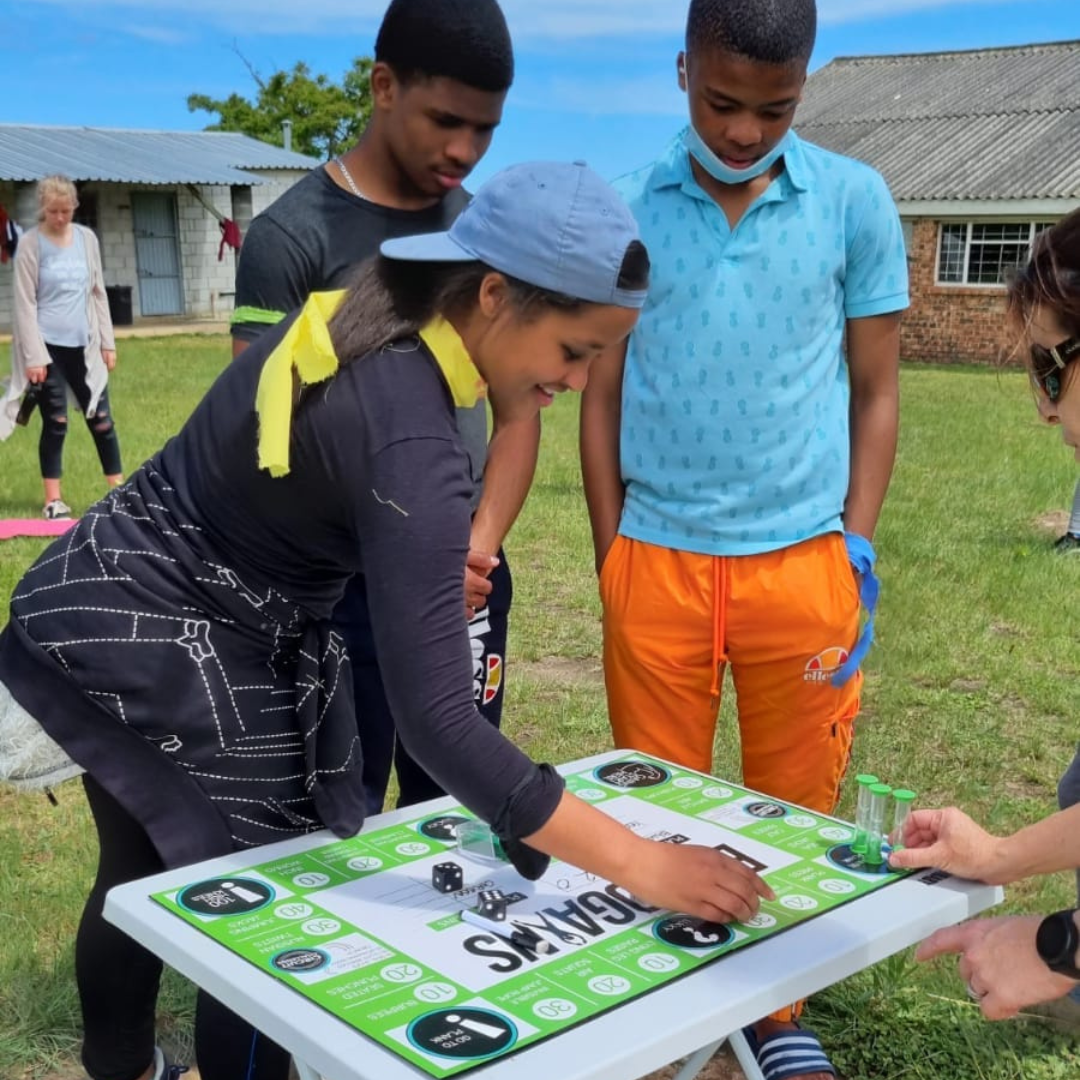
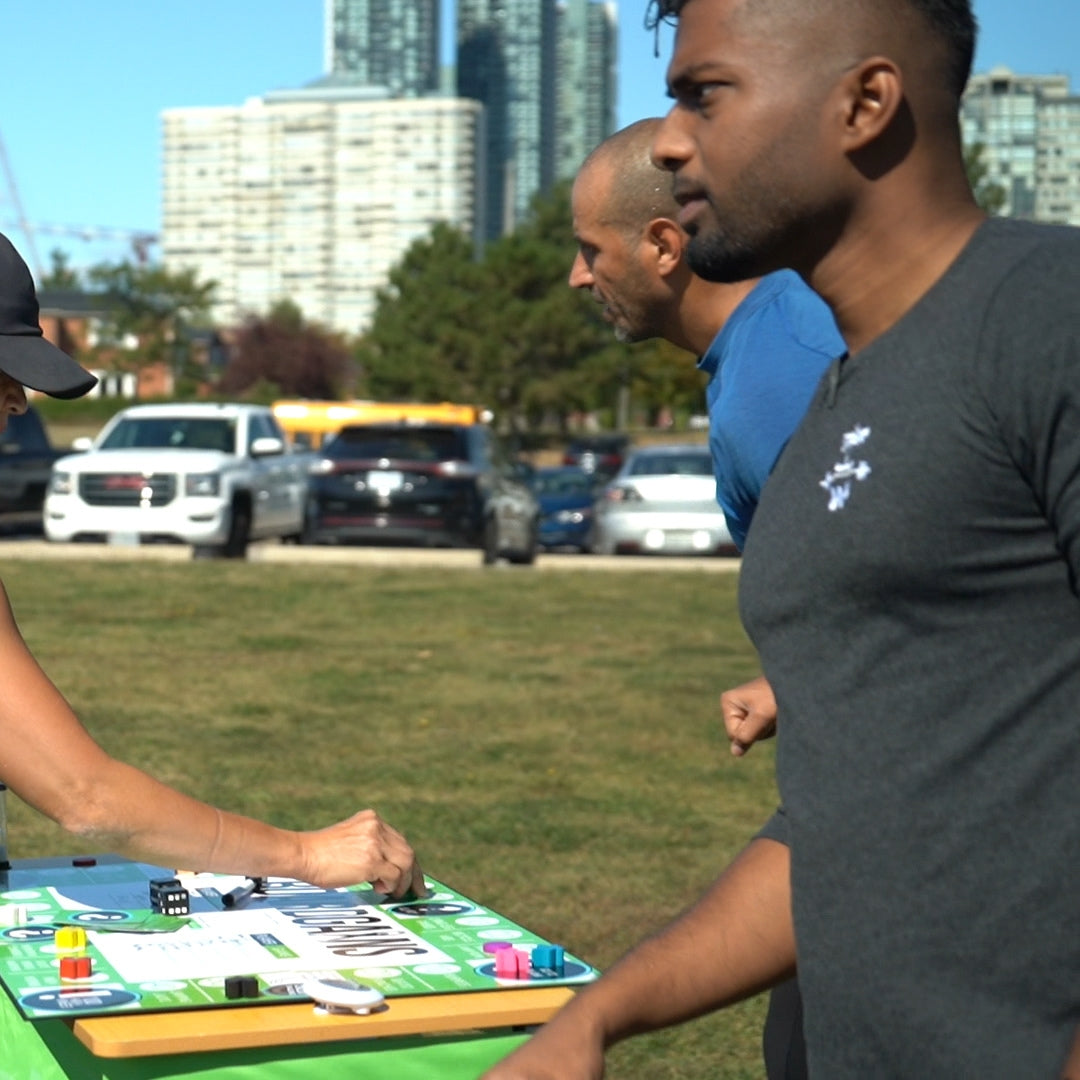
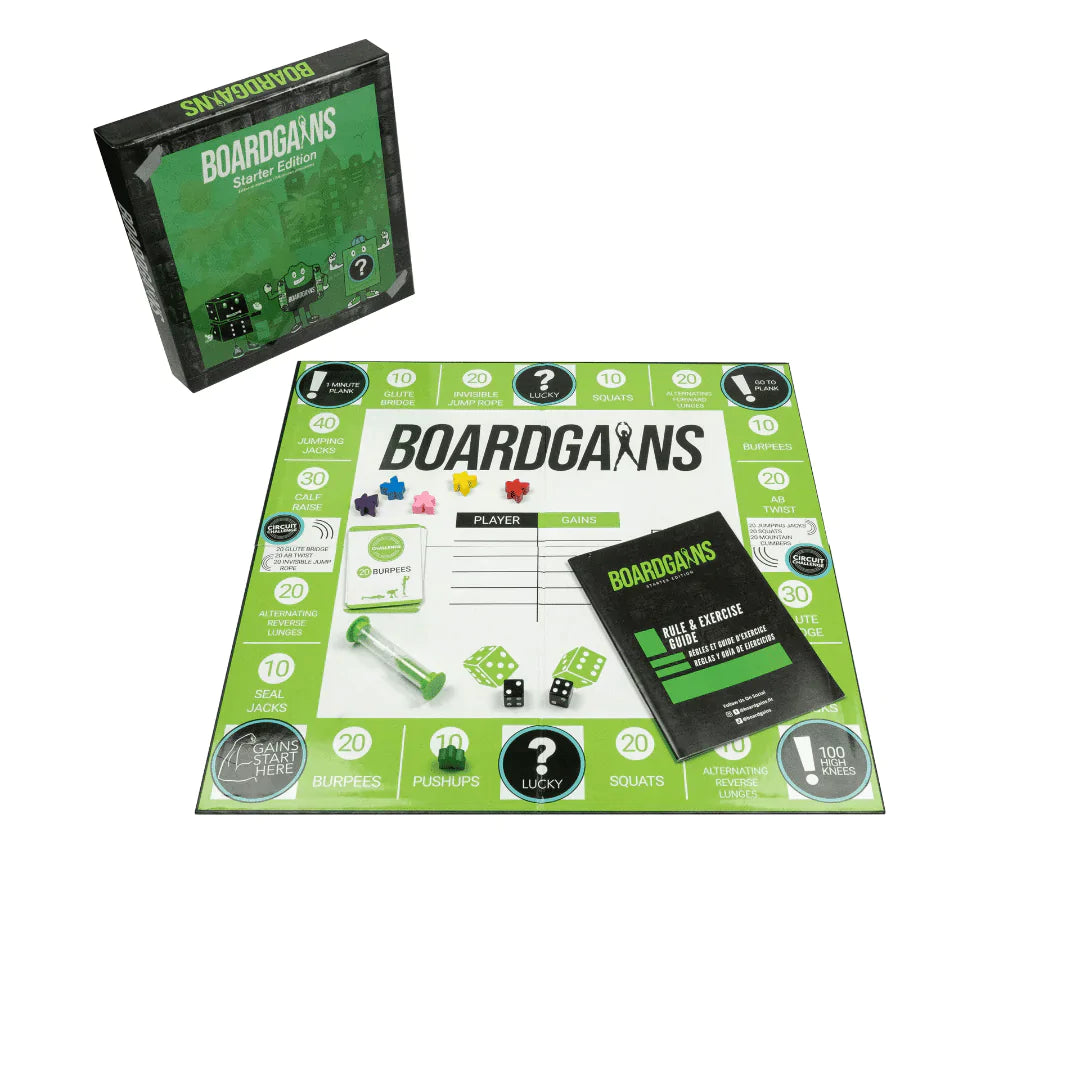

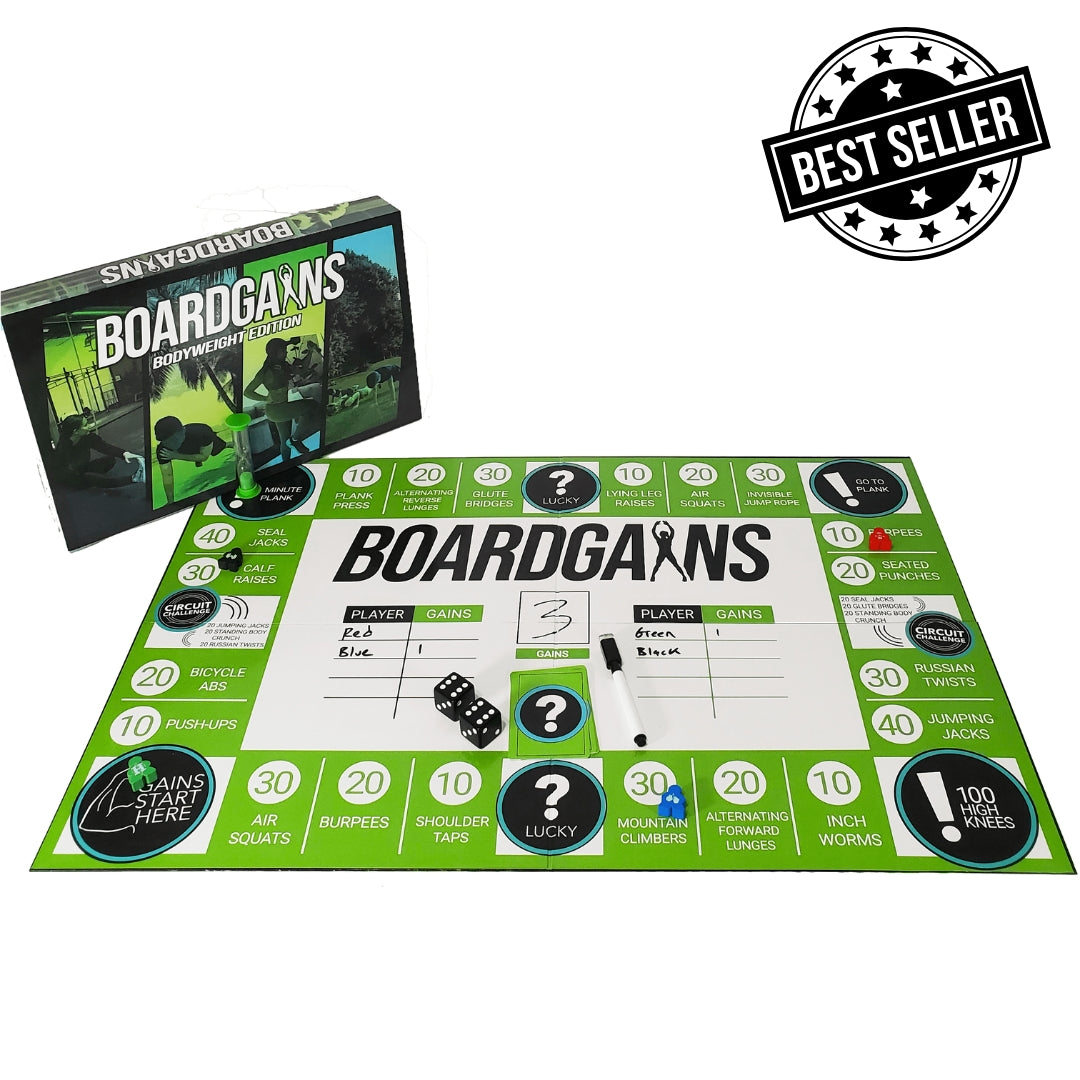
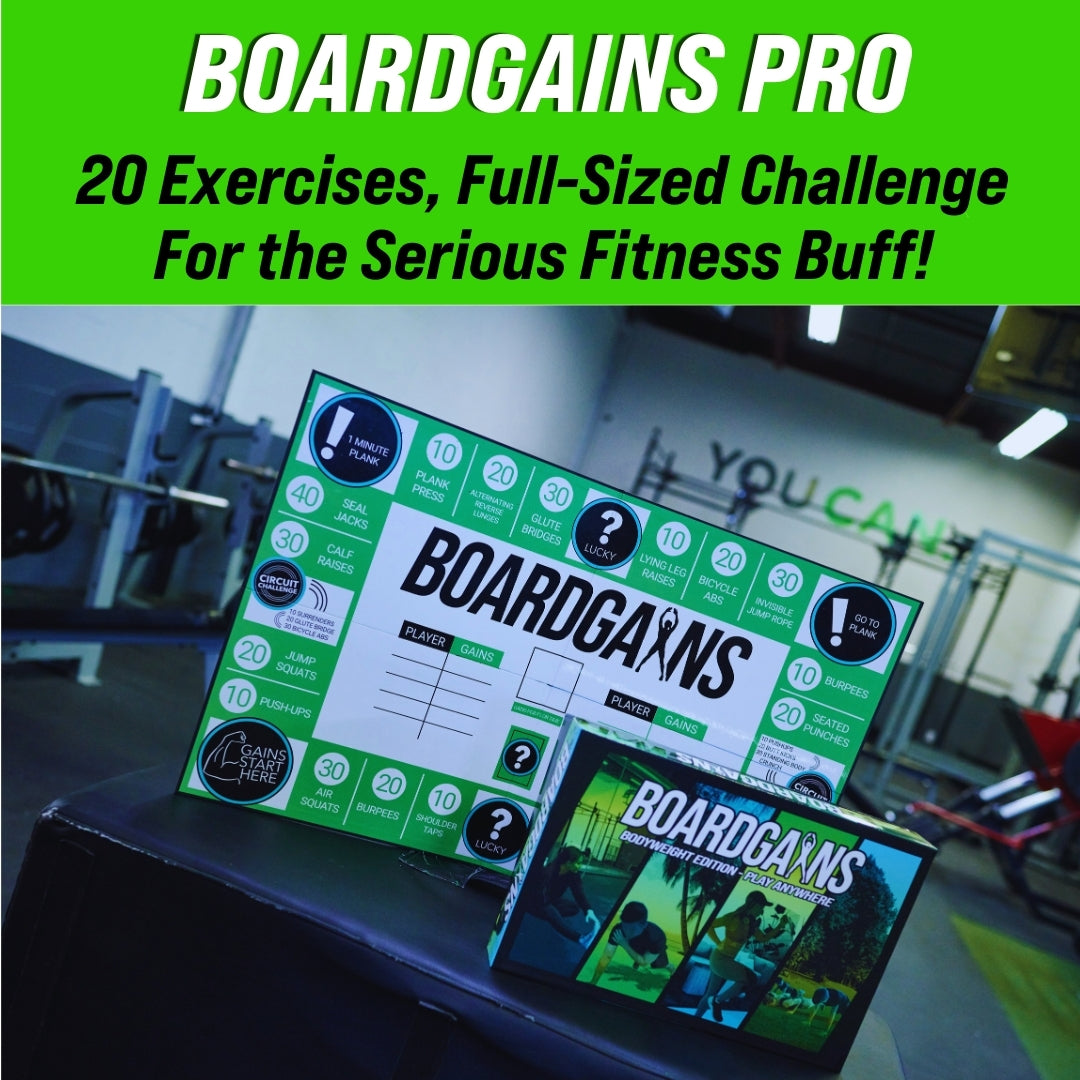
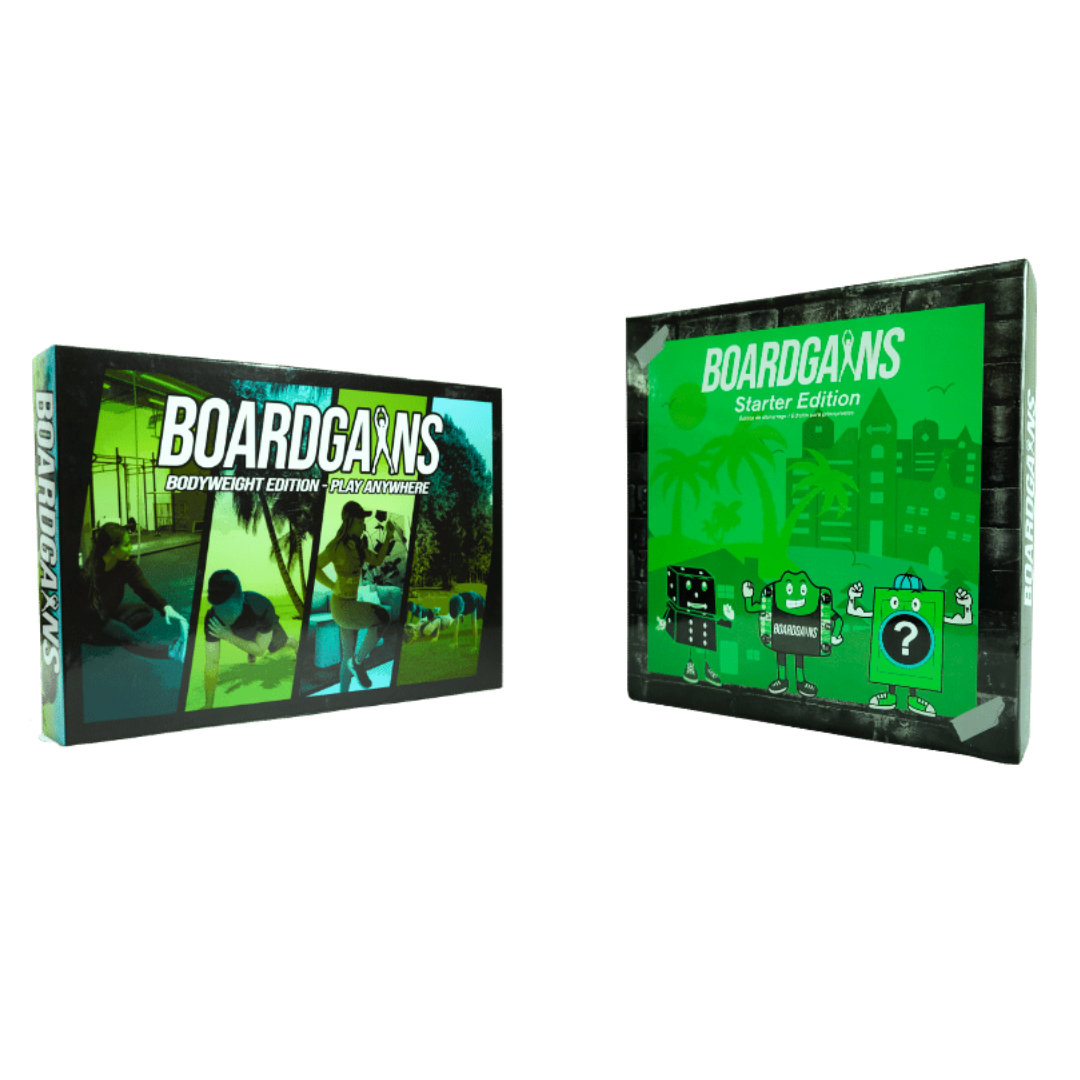

Leave a comment
This site is protected by hCaptcha and the hCaptcha Privacy Policy and Terms of Service apply.